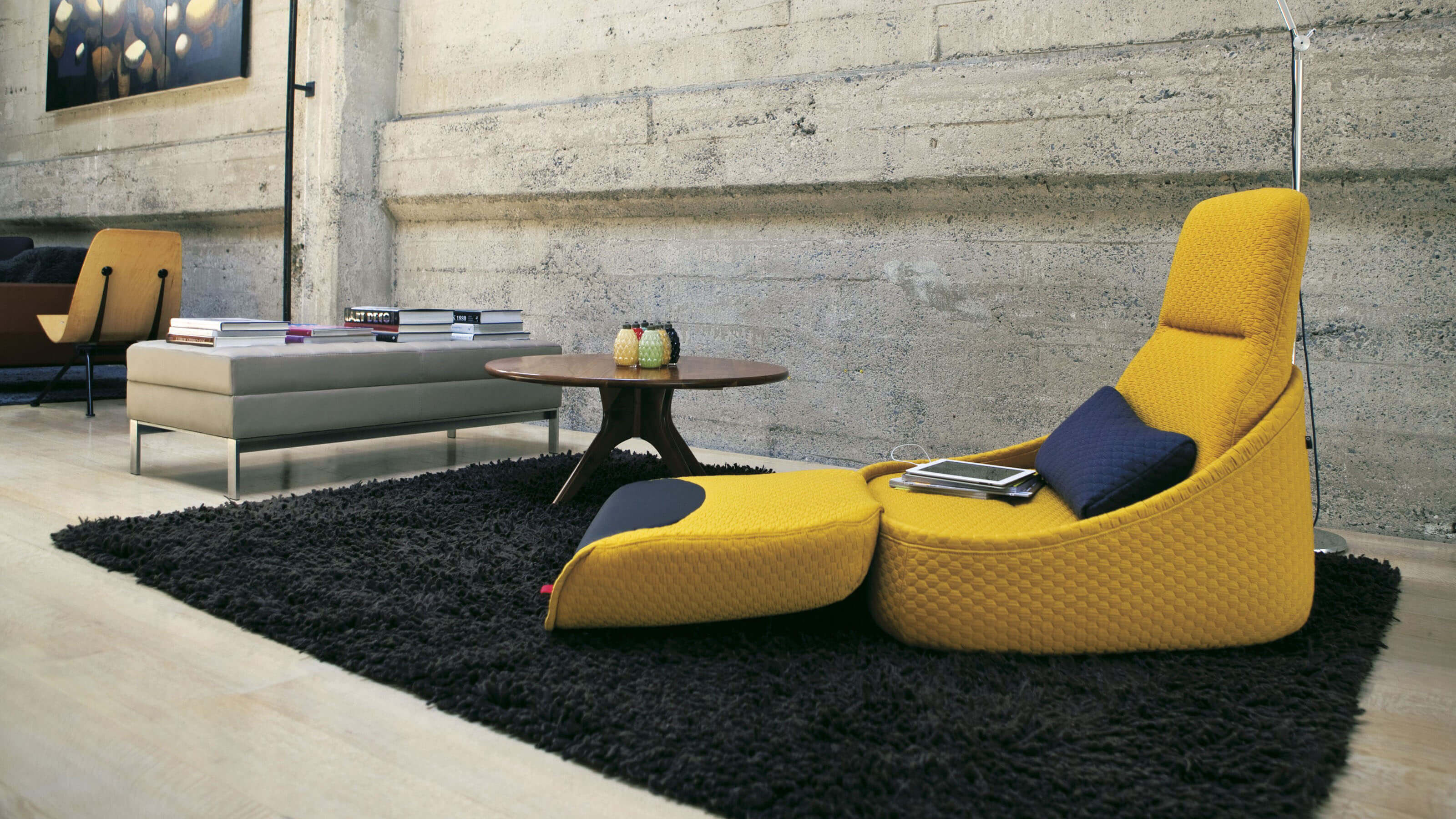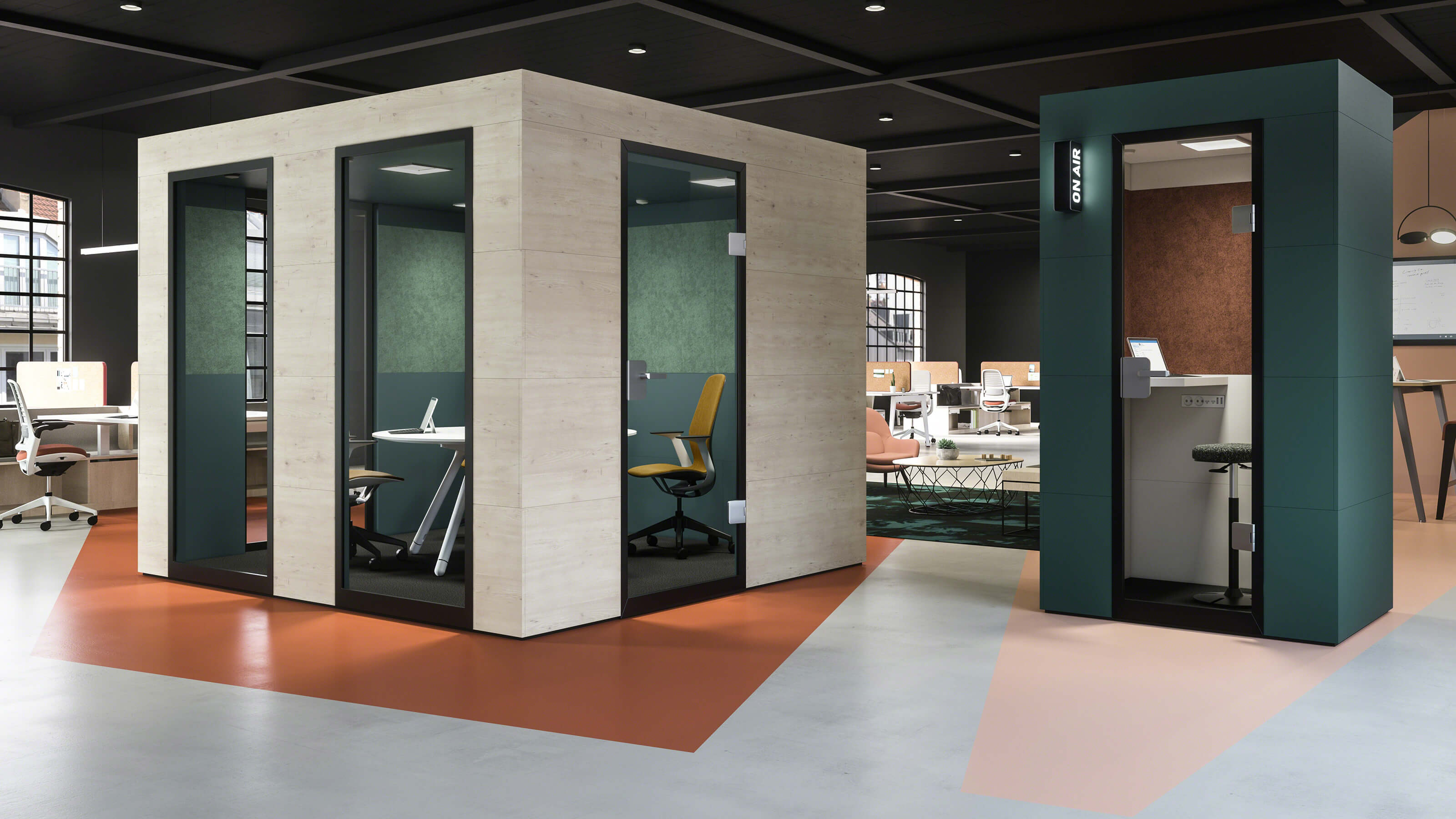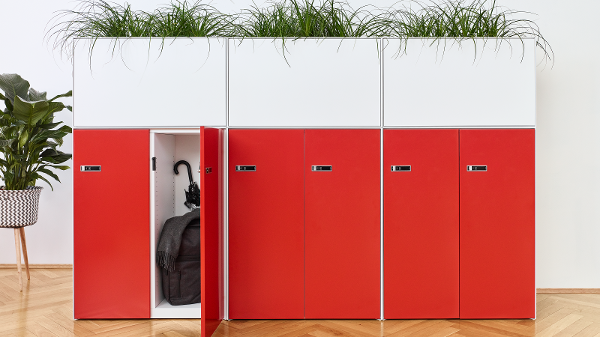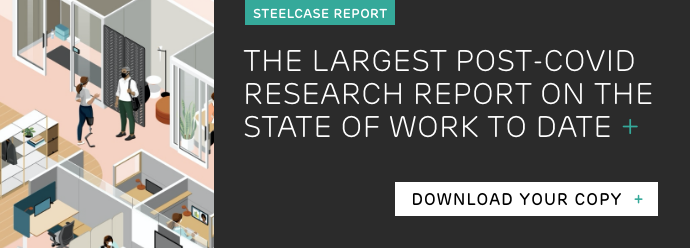Coming out of the pandemic, there’s a big focus on creating better workplace experiences for employees. Organisations are increasingly looking to create inclusive spaces that promote employee health, safety and wellbeing.
But far too often, efforts to create more inclusive spaces often overlook the needs of neurodivergent people.
Neurodiversity is more common than we think
One in seven people have neurodiverse conditions, which can include (but isn’t limited to) autism, Asperger’s, dyslexia and ADHD.
Neurodiversity refers to the variety of different brain make ups that people can have. Many neurodiverse individuals experience sensory challenges; being either hypersensitive or hyposensitive to their surroundings, making it difficult for them to focus or collaborate with others.
Hypersensitive individuals who process sensory stimuli in an overly magnified way find environments with bright lights and textures difficult. Hyposenstive individuals, on the other hand, have difficulty picking up on the acute sensory details in the environment and need more stimuli to successfully process sensory information. The workplace must meet the needs of both types of people.
It can be a competitive advantage
Rather than neurodiversity being a problem in the workplace, it’s something to be celebrated. Most organisations recognise the advantages of having a diverse workforce in terms of backgrounds, gender, culture and other individual qualities. Benefits from neurodiversity are similar. People with neurodiverse traits can bring valuable new perspectives to a company.
Neurodiverse individuals also tend to have higher than average abilities. People with autism and dyslexia, for example, often have greater attention to detail and special skills in pattern recognition, memory or mathematics. Research also shows autistic people have a huge capacity for innovation, and in the right setting, can be 92% more productive than other employees.
Founder of Neuro-Diverse Centers of Excellence at EY Global, Hiren Shukla, says:
“About 35% of the neurodivergent population has extremely high creativity, complex problem-solving skills, data and technology acumen, aptitude, and interests, When acumen, aptitude, and interest line up like a constellation in the sky, it creates a level of focus, and that employee will outperform anybody that you have in this space.”
So, how can companies create a workplace that supports and embraces neurodiversity. How can we attract and retain a wider variety of skills and talents in our businesses?
Choice and variety
A workplace that offers a variety of spaces is essential for providing a level of choice that supports diverse needs. For example:
- Quiet desk spaces in low traffic areas to accommodate intense concentration
- Enclosed rooms with minimal clutter and distractions
- Soft seating close to collaborative areas provide a space to pause between meetings
- Tech free zones

For neurodiverse people, the ability to customise the work environment to meet unique sensory needs is so important. Lighting, colour, music and scent could all be customisable to appeal to diverse needs.
Acoustics
Even neurotypical people are affected by noise, or the lack of it, that surrounds them when trying to work. But for employees prone to distraction, such as those with autism or ADHD, it can be completely debilitating.
Using furniture to create acoustic barriers can help to ensure sound pressure is kept to a comfortable level. Acoustic screens can be placed around noisy areas or loud equipment to increase comfort.
‘Quiet rooms’ need to actually be acoustically quiet, by adding acoustic absorption and insulation. Access to personal sensory-regulation items such as headphones can also be helpful for those who experience the environment more intensely than others.

Lighting
Just like background noise, bright lighting can also be a source of stress that is particularly acute to neurodivergent workers. The glare from bright lights can impair concentration and productivity.
Replacing fluorescent lights with LED ones can make a world of difference for the experience of workers on the neurodiversity spectrum. Ideally, there’ll also be plenty of access to natural light.
Storage
Storage can be incredibly important to neurodivergent workers who need to feel safe and in control. Neurotypical employees may be quite happy slinging their bag under a desk. But for those on the neurodiversity spectrum, lockable storage offers a more desirable solution. Knowing their belongings are safe and secure, exactly where they left them, allows them to focus on their work.

For more ideas, take a look at our previous blog post on the subject.
Things to watch out for
As organisations prepare for the return to work, whether next week or next year, workspaces are being reconfigured and adapted to suit new ways of working. And organisations must be mindful that change can be difficult for people on the neurodivergent spectrum. Any changes will therefore need to be carefully planned and managed.
A shift to hot desking, for example, is one change that may be particularly problematic for neurodivergent workers who feel safe and comfortable with their own desk, set up just how they like it. The prospect of having to move around and work from a different desk whenever they come into the office can be quite distressing. Some flexibility around the hot desking policy that enables some workers to have a permanent desk may be necessary.
The pandemic has presented an opportunity to change the workplace for the better. And it’s a great time to ask all employees, but especially those with neurodivergent traits, what they need to thrive.
Summary
“There’s a recognition that world-changing ideas come from people who think differently.”
The increased focus on the wellbeing of employees following the pandemic will bolster many organisations' support of neurodiversity in the workplace. And designing for neurodiversity will benefit the entire workforce, enabling all workers to find the right level of privacy, concentration and connection with others.
Doing so will allow forward-thinking companies to gain a competitive advantage. Because teams made up of people with different ways of working and thinking ultimately perform better, as they challenge and learn from one another.









